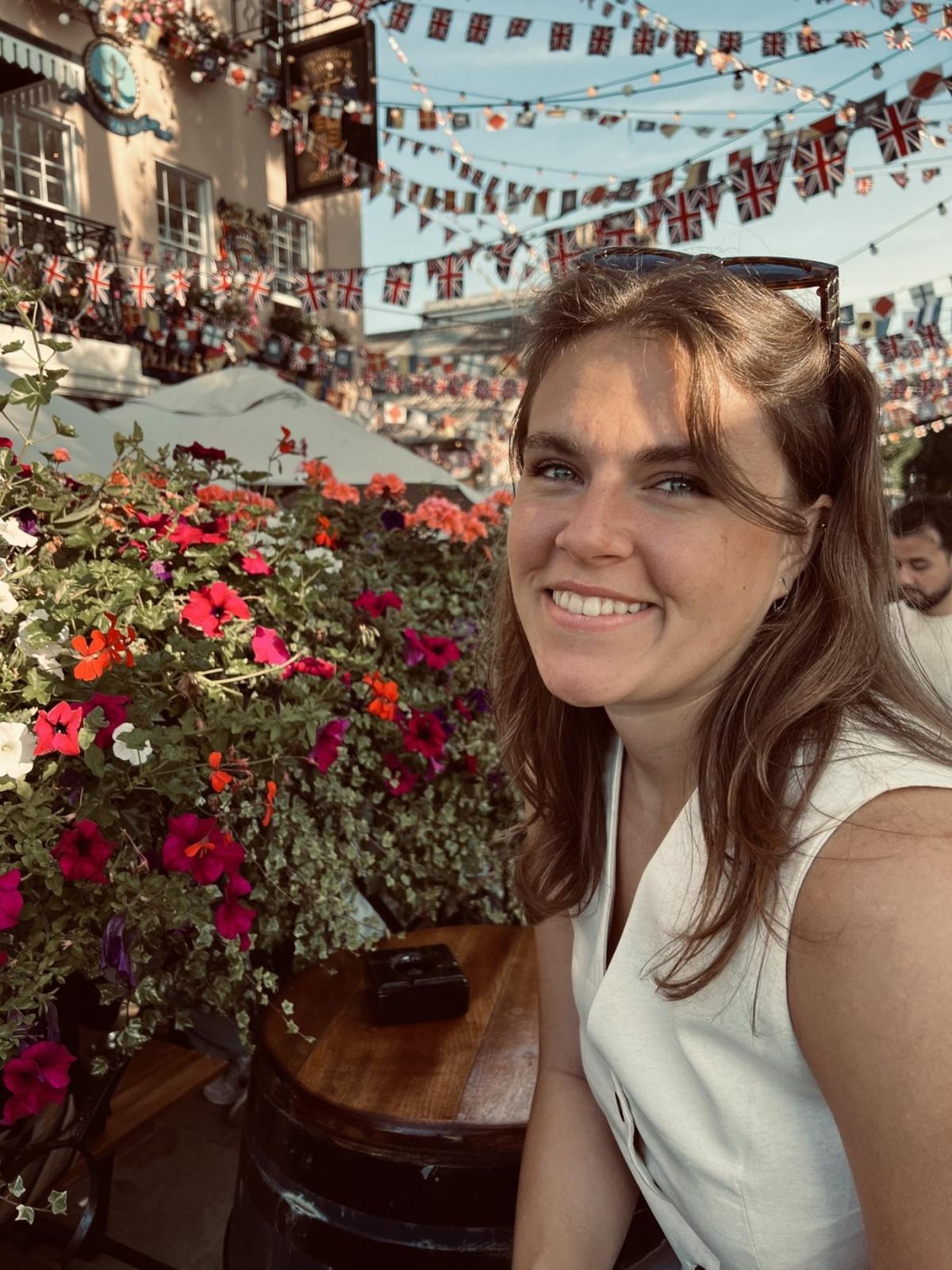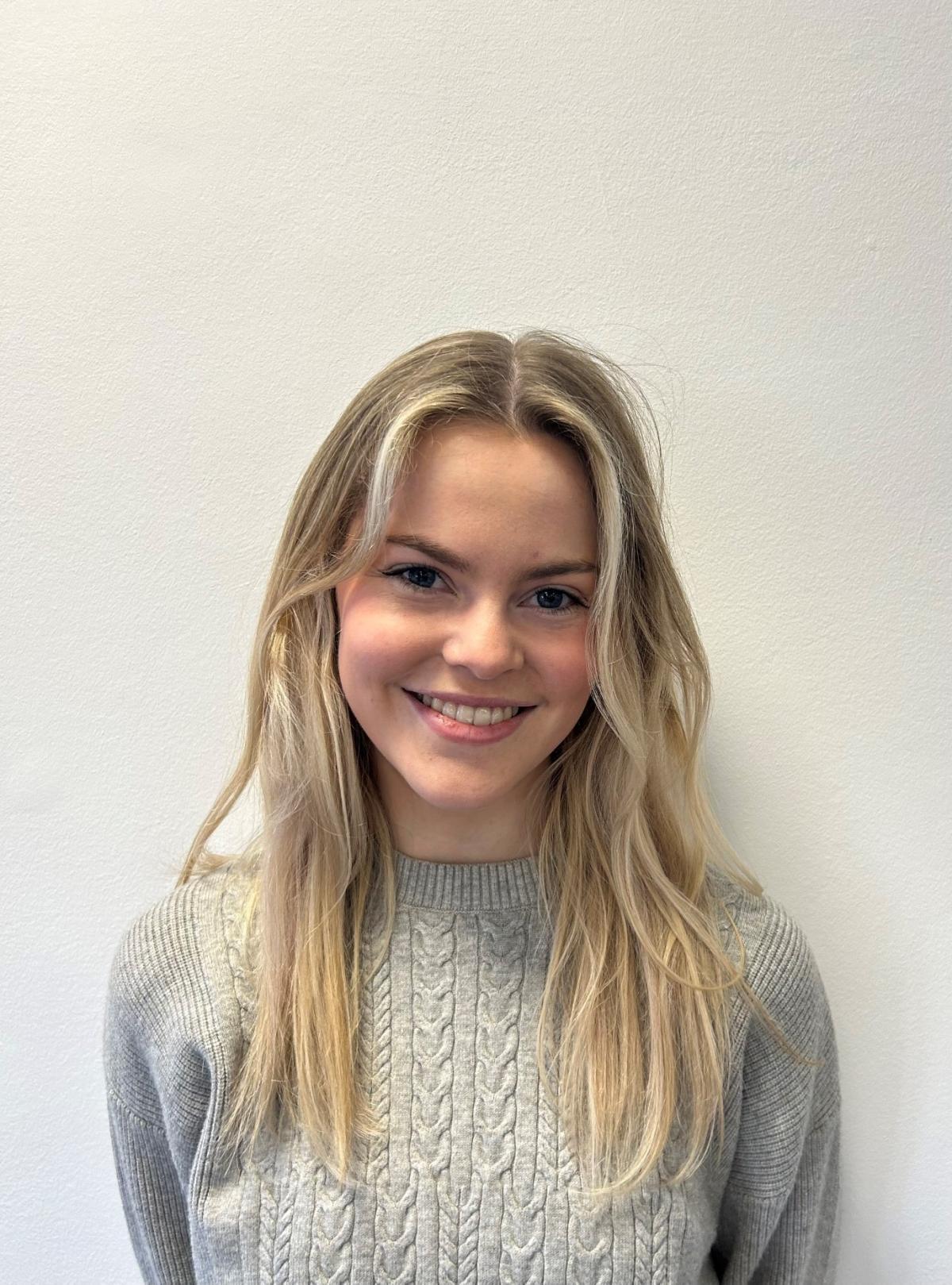A collaboration between a university and three residential care facilities has allowed students to be involved with the set-up of a new service.
Two students involved - Ally Whittle and Emma Coombs - explain what their placement was about and what they got out of it.
'Throughout our degree we are expected to catalogue 1,000+ hours on placement, gaining extensive experience in a variety of environments, helping us to consolidate and progress our existing knowledge taught during lectures and support the transmission from student to band 5 physio,' said Ally.

'For our most recent placement we were placed in a new community role, tasked with supporting the set-up of the collaboration between St Mary’s University and three care homes in the Teddington area of south west London. This was the first time this had been done so we were determining best practice as we went along, alongside our supervisors.
What were our main expectations going into this placement?
Emma:
'As this was a new experience for the residents and staff of the homes as well as the university and us there was a lot riding on us doing well. The physiotherapeutic needs of the patients would have to be determined under the supervision of our clinical educators from St Mary’s.
'We expected to be treating an elderly population with extreme physical limitations and reduced cognitive ability and expected to have to provide a lot of personal care. We thought that we would be travelling between the homes daily and that our treatments would be geared towards maintenance rather than seeing any huge improvements.
Ally:
'Whilst many of our expectations were met, we did have some surprises.
'Whilst this placement may just scream "old people with old knees", we delved into many different areas using skills from many different specialties including neurology, MSK, respiratory and elderly care. This exposure was invaluable for us allowing us to further consolidate new information in a diverse patient group. This placement enabled us to broaden our communication skills with new verbal, non-verbal and tactile skills.
'We created communication boards, learnt how different tactile prompts could get the required response from different residents and how to speak clearly and simply for residents with dementia. It was brilliant to learn more about various different pathologies such as Parkinson’s, dementia (with varying severity), stroke and frailty to name a few. Whilst we learn about these in lectures, it is invaluable experience to see these in ‘real life’ and adapt different interventions to the needs of that resident.'
What were some of the challenges of the placement?
Ally:
'The "negative" or "less positive" side is limited to a few thoughts. There was more repetition involved here than previous placements which was bound to occur when seeing the same residents day in day out. This wouldn’t be a "less positive" aspect if there were more chance for improvement and progression. However, within this population, we were faced with a lack of progression due to pathologies and cognition. However, the time allowed for us did mean we were able to progress in other ways, getting more out of sessions as residents became more familiar with us, session formats, classes etc.
'Going forward, knowing the residents, we felt that a clear structure/protocol for the documentation of outcome measures would be necessary. Measuring appropriate objectives immediately, halfway and at the end of placement – potentially even before and after any mid-way break. This would help improve our use of time at the beginning and increase the validity and reliability of measurements. We also felt the including 30 mins a week for individual/group supervision would be beneficial as well as potentially 30 mins/hour of sit-down teaching on a topic/pathology/research. This could be planned into an afternoon or morning before meetings etc, allowing the best use of time and promote discussions related to a resident.
Overall, this has been a brilliant experience, allowing us to be involved with the set-up of a new service and giving us exposure to an area of physiotherapy that is definitely appreciated and required.
Supportive educators and patient progress
Emma:
'It was quite daunting to think that we were going to be the first two students from St Mary’s to be placed in local care homes as part of a community rehabilitation placement collaboration between the university and three residential care facilities.

'As we settled into the first week, we were delighted that the timetable showed us being in a particular home for full days at a time. This enabled us to feel more like we were part of the team for each day as opposed to visiting practitioners. There was a lot more interaction with the care staff than we had anticipated, and we were able to pick up tips from them in how to deal with individual patients as they had long term relationships with them and knew how to handle them and motivate them individually.
Most of the residents had more cognitive impairments and limitations than we had expected to find, and we had to use different forms of communication in order to run sessions.
'There was generally less manual handling involved than we thought there would be.
'We also felt immediately more supported in this environment by our clinical educators as we already had relationships with them from being taught by them in university. In previous placement settings you had to build the relationship from zero. It was great to learn from the clinical educators as well particularly as they were so experienced in the different fields of neurological, MSK and respiratory conditions we were seeing.
Compared to some of my previous placements I felt that I was more able to look at the person holistically in this setting.
'For example, in an MSK outpatient setting you had to deal with the limb or joint that the patient had been referred about, whereas in the care homes all the patients’ needs could be addressed.
'While a lot of the patients were not able to make much progress due to their conditions and cognitive issues there was a lot of satisfaction from small improvements. One patient stood out to me who at his initial assessment was unable to stand unaided from a sitting position. At the end of our six-week programme he was able to complete six repetitions of the task in one minute. This was a massive improvement in recovery of function and showed the benefit of why we were there.'
Number of subscribers: 1



































